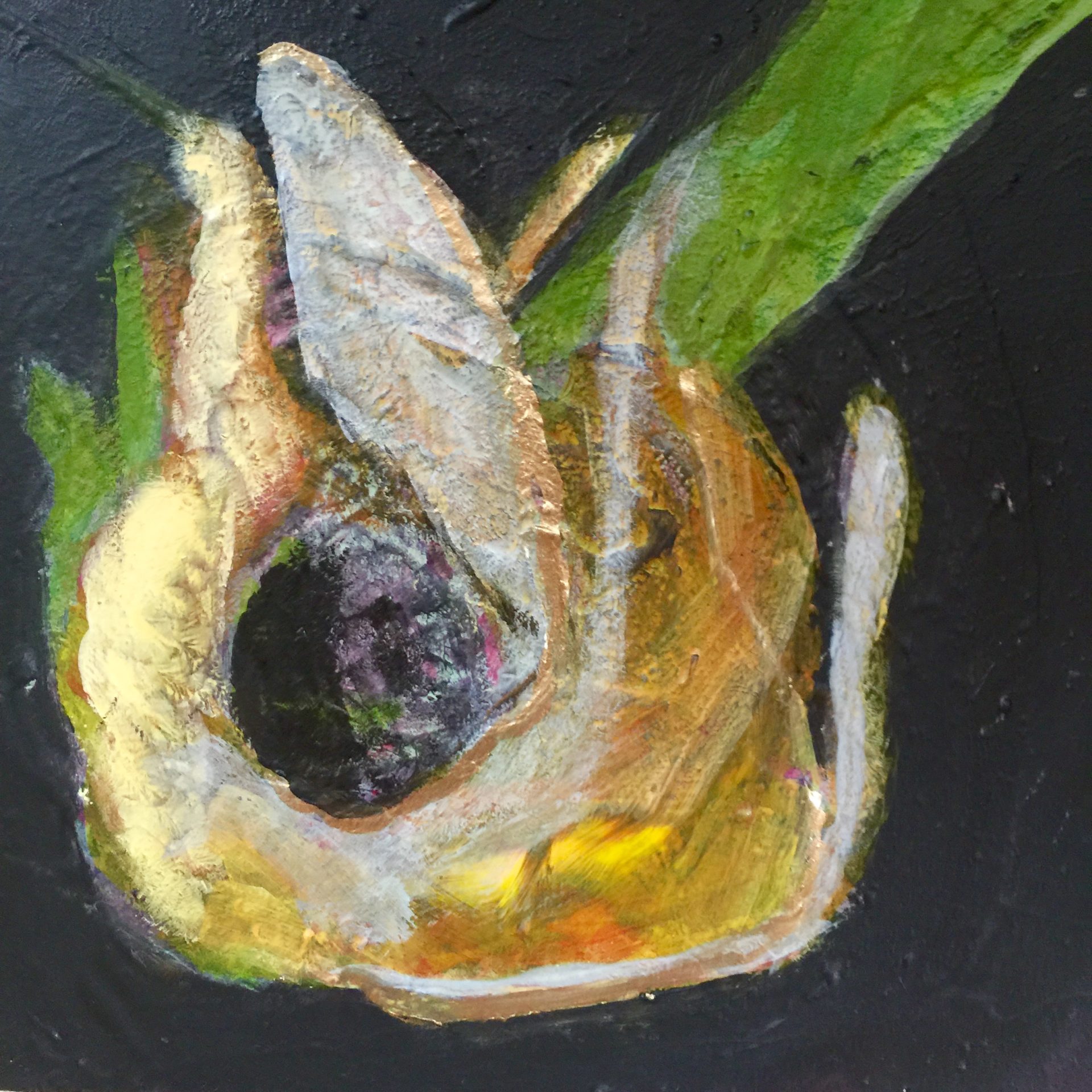Throughout this year (2021), prior to our weekly sits at the Episcopal House of Prayer, we introduce short, practical exercises. These exercises intend to complement regular prayer practice—that is, their content and form will focus on building up the prayer muscles that support contemplative prayer. Each exercise is repeated for three to four weeks at a time. Our shared intention is to provide communal space for learning as we engage the contemplative path.
I would like to invite you to engage in an exercise, with the intention of developing the muscles that we use in order to strengthen our contemplative prayer. In this case, we will focus on the use of breath. In particular, this exercise encourages you to attend to the three contemplative postures of spaciousness, suppleness, and surrender through the natural rhythm of the three moments in the breath cycle: inhalation, exhalation, and transition into the next breath. We will follow the breath as it enters the lungs and exits the nose.
To begin, let us offer three deep breaths, each followed by a deep sigh. These three deep breaths serve as symbols of our intention, first, to be grounded (deep inhale/exhale), second, to be open (deep inhale/exhale), and third, to seek Wisdom (deep inhale/exhale). After these initial three deep breaths, and throughout the rest of this exercise, I invite you to return to your natural pace of breathing, even as I offer guidance, tuning into your own rhythm of breathing in, breathing out, and transitioning to the next breath.
Let us continue by first offering our attention to the inhalation moment within each natural breath cycle. As you breathe in, notice the airflow coming in, cool, through the passageway of your nostrils. Follow the air through your trachea and into the open, receptive spaciousness of your lung cavities. As the air fills your lungs, notice that your body frame and diaphragm rise in response. For the duration of a few more breath cycles, tune your attention into the sensations you notice during the inhalation phase of the breath cycle. Allow your spiritual senses to feel the spaciousness that your body naturally offers within each breath cycle.
Let us now continue by offering our attention to the second moment within each natural breath cycle, exhalation. As you breathe in, notice that the airflow coming into your lungs subtly shifts at a point of transition between inhalation and exhalation, sometimes referred to as the null interval. Allow yourself to sit in the unknowing of that mysterious space. Allow your spiritual senses to perceive the flux and flow of suppleness as the air in your lungs shifts naturally from inhalation to exhalation. For the duration of a few more breath cycles, tune your attention into the sensations you notice during the exhalation phase of the breath cycle.
Let us now continue again by offering our attention to the third moment of the natural breath cycle, the transition between breaths. As you breathe out with each natural breath cycle, notice that the airflow coming out of your lungs, through your trachea and back out of your nose or mouth is now warm. Having opened in spaciousness, flowed with suppleness, your body now moves toward surrendered letting go, poised to start over again. Commit yourself to actively letting your breath go as you surrender the air back into the world. Allow your spiritual senses to release the flux and flow of air in your lungs. Observe that upon surrendering the last stretch of exhalation, there is a natural pause in the breath cycle (no need to hold your breath here), sometimes referred to as the nader point, which offers another invitation to remember spaciousness again.
For the duration of a few more breath cycles, tune your attention into the sensations you notice during the transition phase of the breath cycle. Finally, offer your attention to spaciousness, suppleness and surrender throughout the entire three-part breath cycle.

